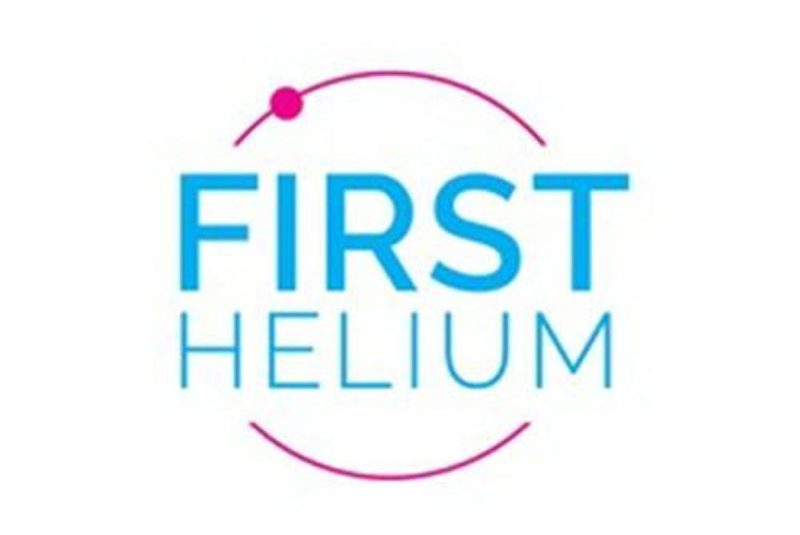In the realm of geological exploration, the quest for valuable resources often takes scientists and researchers to unimaginable depths and terrains. One such venture that has recently sparked interest within the scientific community is the initiative by First Helium to license the drilling of the Leduc anomaly. This anomaly, located in Western Canada, holds the promise of potentially valuable helium reserves, and the licensing process initiated by First Helium marks a significant step towards uncovering the mysteries that lie beneath the Earth’s surface.
The Leduc anomaly, shrouded in geological intrigue, has captivated the attention of experts and enthusiasts alike. Helium, a noble gas with a wide range of industrial applications, has become an increasingly sought-after resource in recent years. Its unique properties make it essential for a variety of technologies, from medical equipment to scientific research instruments. As global demand for helium continues to rise, the discovery of new reserves has become paramount, driving companies like First Helium to explore unconventional sources such as the Leduc anomaly.
The licensing process itself is a meticulously planned endeavor that involves a multitude of stakeholders, from regulatory bodies to environmental experts. First Helium’s commitment to conducting responsible and sustainable drilling operations aligns with modern standards of environmental stewardship. By obtaining the necessary licenses and permissions, the company demonstrates its dedication to conducting operations in a safe and ethical manner, mitigating potential risks and ensuring compliance with industry regulations.
The drilling of the Leduc anomaly represents a rare opportunity to unearth valuable insights about the Earth’s subsurface and the distribution of helium reserves. Geologists and geophysicists involved in the project are poised to generate valuable data that may shed light on the geological processes responsible for the formation of helium-rich deposits. By employing state-of-the-art technology and analytical techniques, these experts aim to unlock the secrets of the Leduc anomaly and harness its potential for future helium production.
Beyond the scientific and industrial implications, the licensing of the Leduc anomaly underscores the importance of collaboration and innovation in the field of resource exploration. First Helium’s ambitious endeavor serves as a testament to the bold spirit of exploration that drives humanity’s quest for knowledge and progress. As the project unfolds and new discoveries are made, it is poised to redefine our understanding of helium reserves and inspire future generations of explorers and researchers to push the boundaries of scientific discovery.
In conclusion, the initiation of the licensing process to drill the Leduc anomaly by First Helium represents a significant milestone in the quest to unlock the Earth’s hidden treasures. With a focus on sustainability, responsibility, and innovation, this venture holds the potential to reshape the landscape of helium production and advance our understanding of geological processes. As the project progresses, it will undoubtedly pave the way for new discoveries and open up exciting opportunities for further exploration in the realm of natural resources.

























